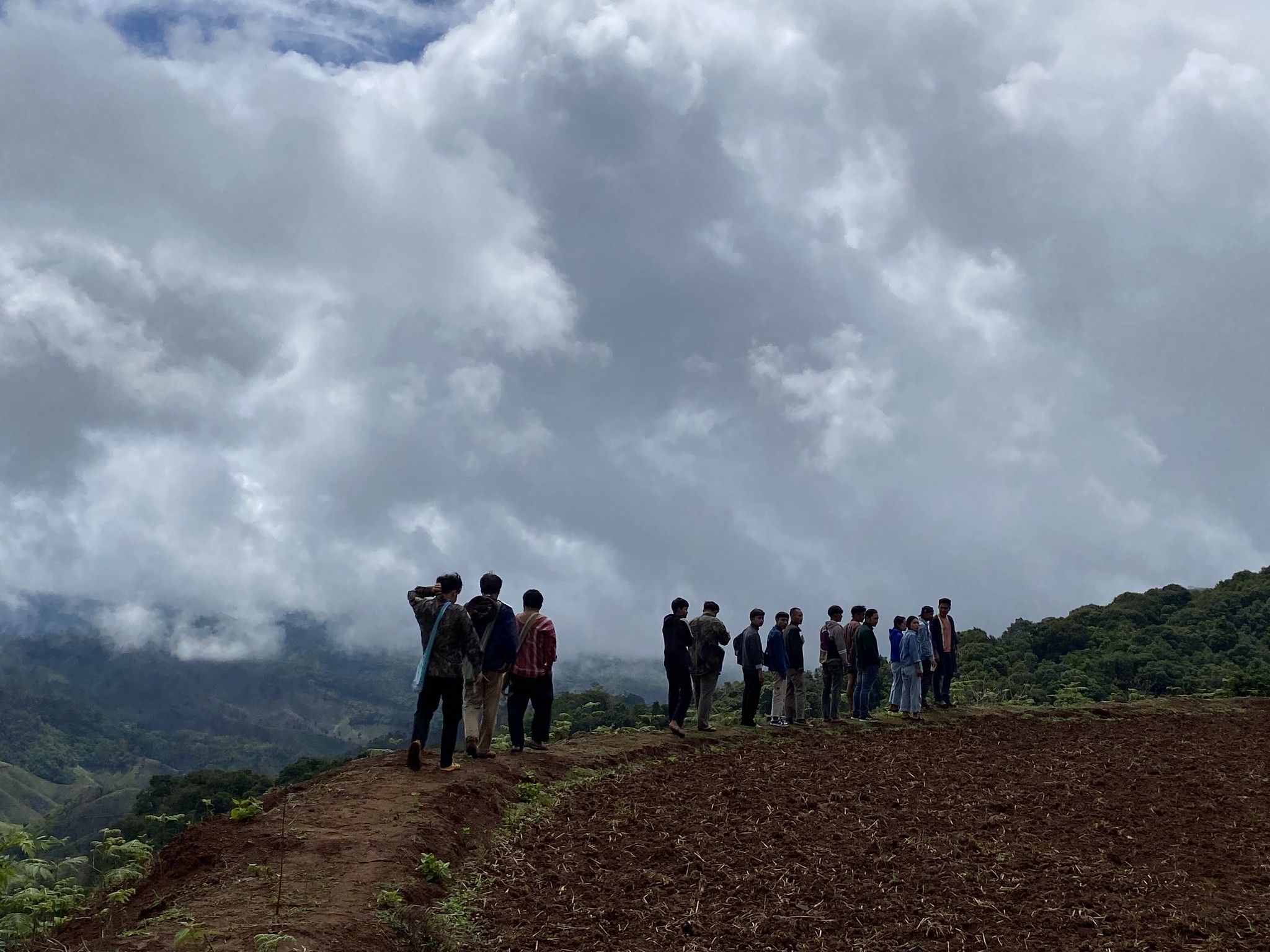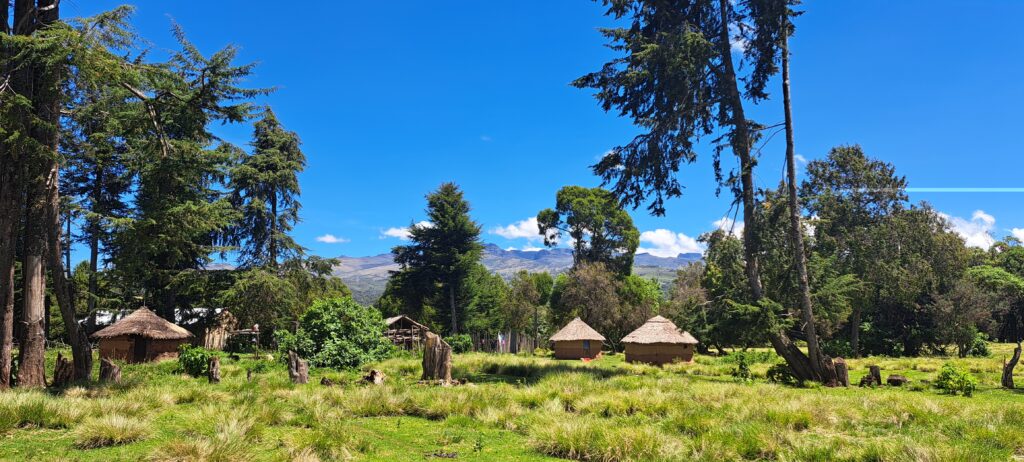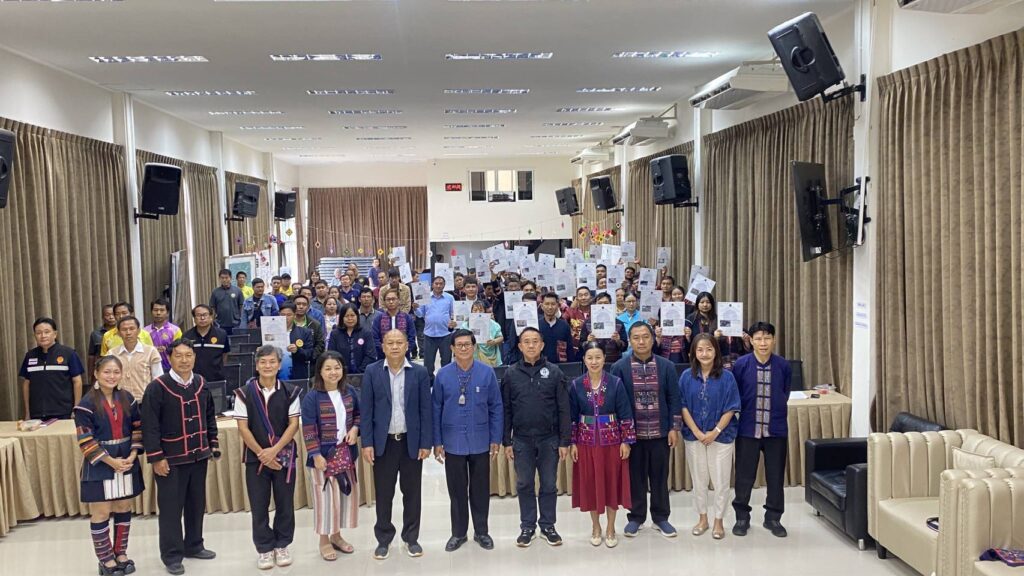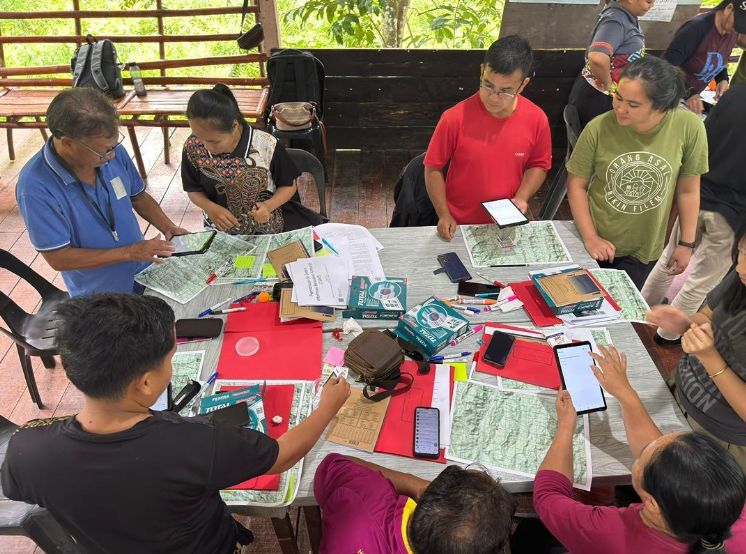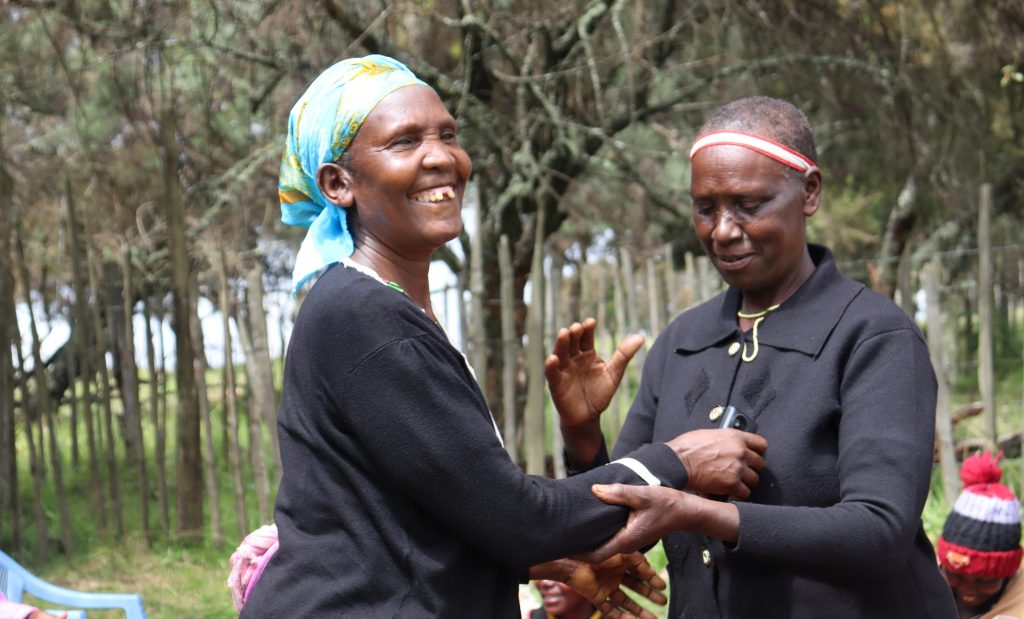Land and resource rights (often referred to as ‘rights to lands, territories and resources’) are fundamental to the well-being of indigenous peoples and for the conservation of biodiversity. Securing rights to lands and resources addresses issues such as exclusionary conservation by recognizing the rights of indigenous peoples to own, manage, and use their traditional lands and resources.
This project supports indigenous peoples’ rights to own and manage their lands according to sustainable practices, and so intends to enable a far more sustainable form of conservation. In countries such as Kenya, this work will feed into the ongoing implementation of the Community Land Act through helping communities to secure community title so that they can sustainably manage and govern their lands.
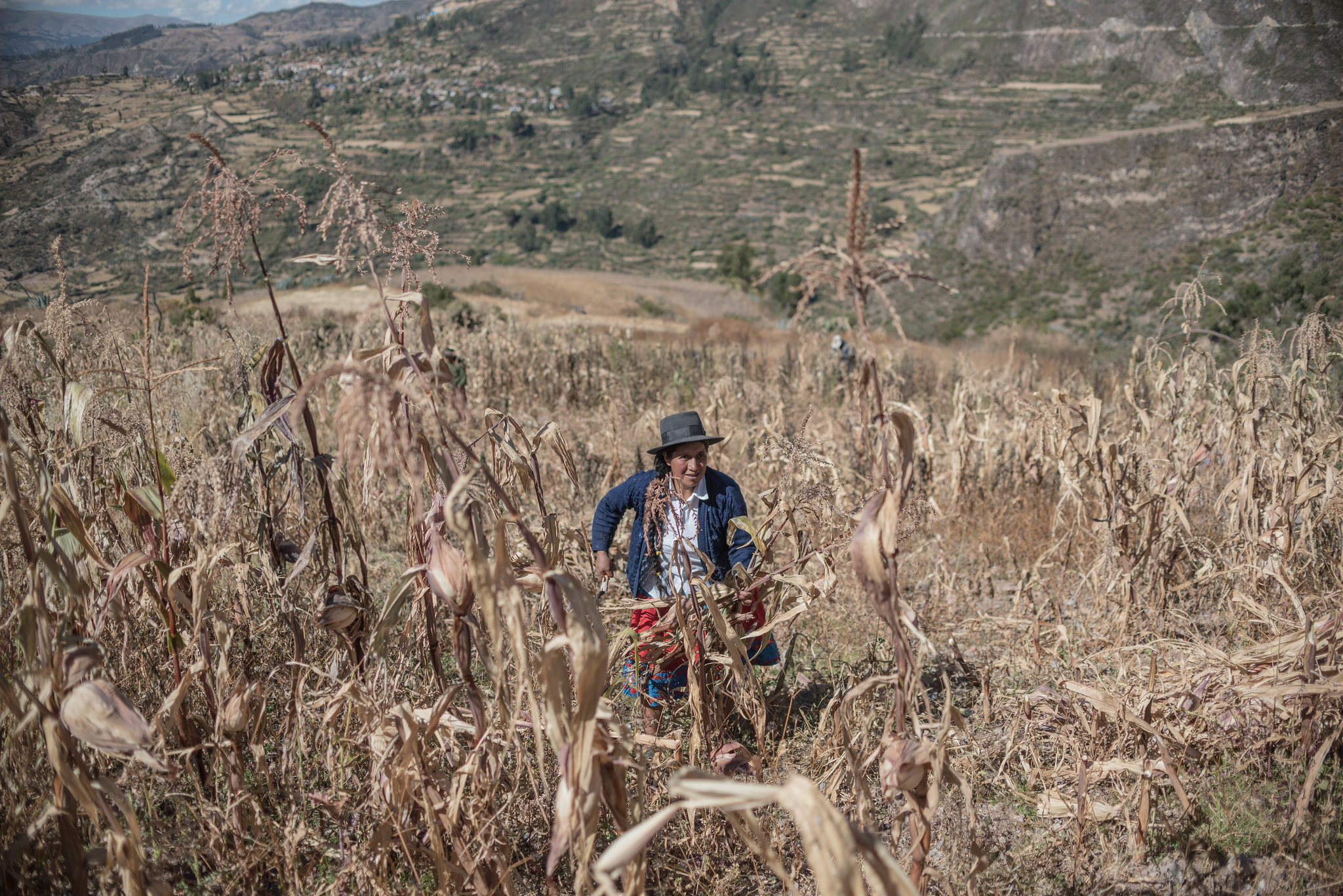
Zoraida Tinco Maldonado (40 years old), of the Quechua people, harvests corn on her farm at the end of June. Community of Hualla, Hualla district, Victor Fajardo province, Ayacucho region, Peru. Photo by Luisenrrique Becerra Velarde / CHIRAPAQ.
Dashed line
Activity
Further info
Indigenous peoples often face discrimination and exclusion from decision-making processes related to the management of their traditional lands and resources. This has led to the degradation of ecosystems and the loss of cultural heritage and underpins many of the significant challenges facing indigenous peoples across the globe. Securing rights to lands and resources addresses these issues by recognizing the rights of indigenous peoples to own, manage, and use their traditional lands and resources and pushing for the recognition of these rights by other actors. This includes the right to free, prior, and informed consent (FPIC) over any activities that may affect their lands and resources.
In this project, activities include workshops and trainings at the community level to define land-use planning, sustainable livelihood options and participatory mapping. The support of community level initiatives is expected to lead to strengthened actions by indigenous peoples and local communities, such as community-based monitoring systems, and the collection and use of biodiversity data on their lands.
By demonstrating the valuable contributions that these communities and their territories make to national biodiversity priorities, this project makes the case for increasing security of land tenure over the longer-term.
